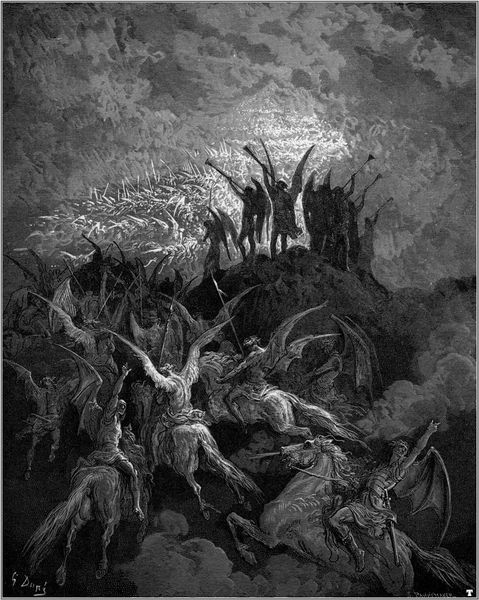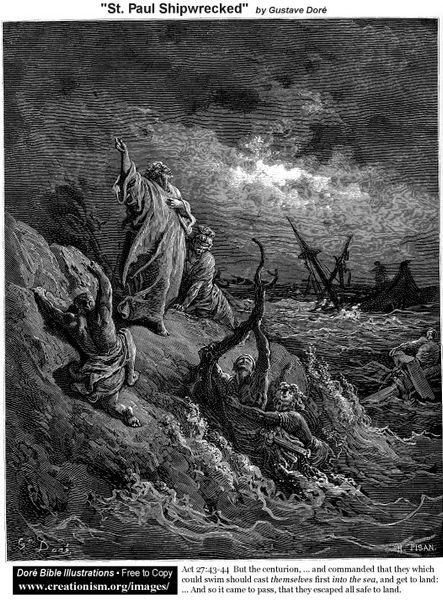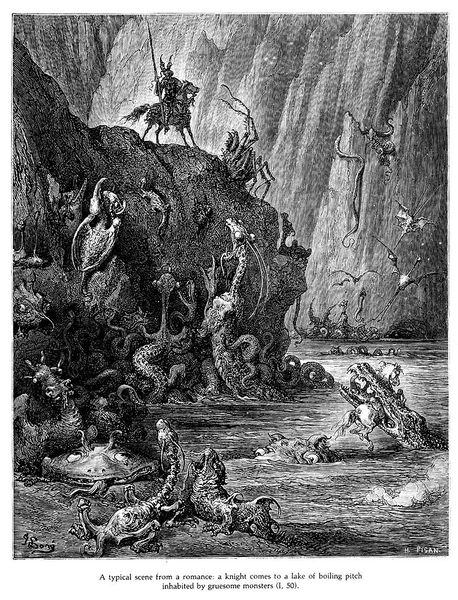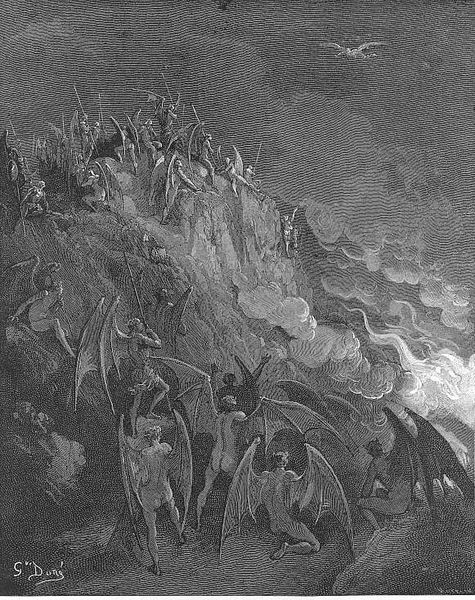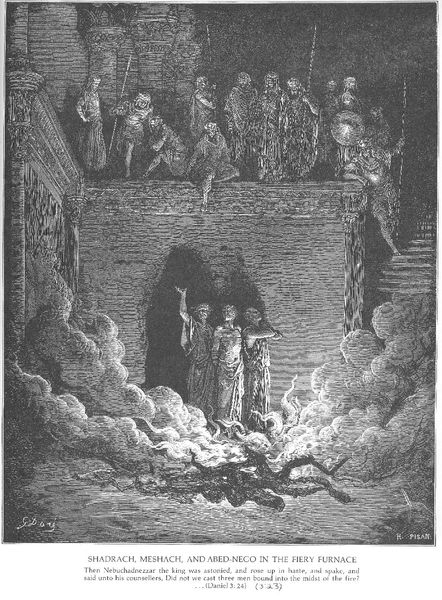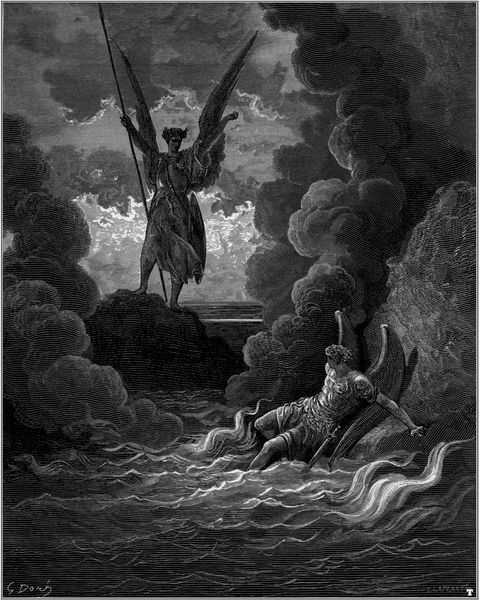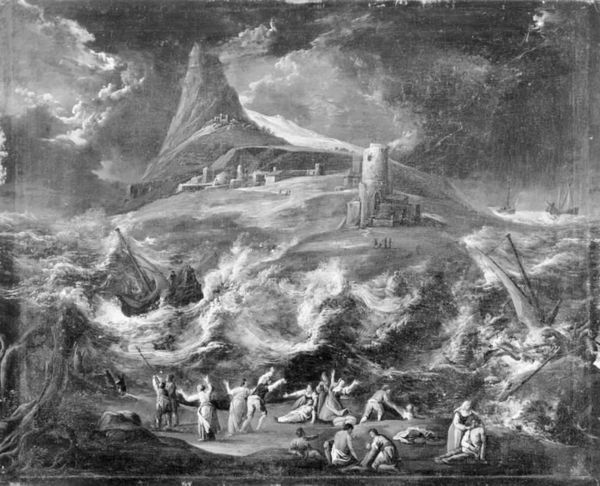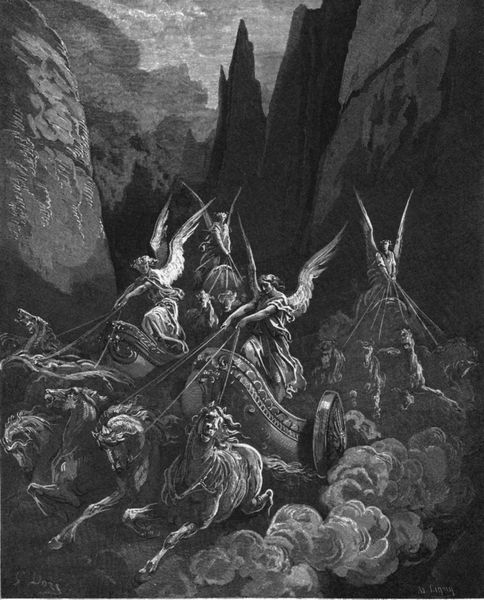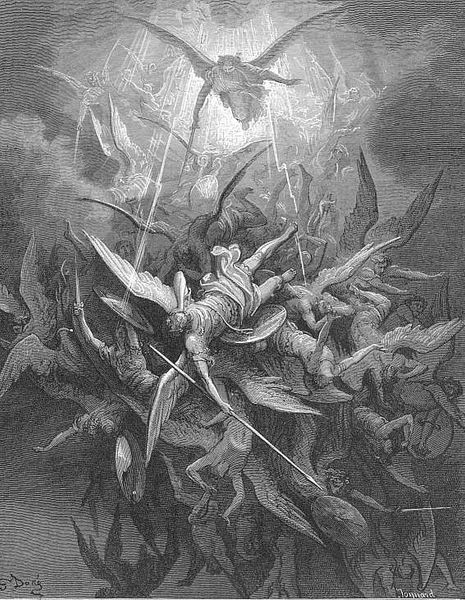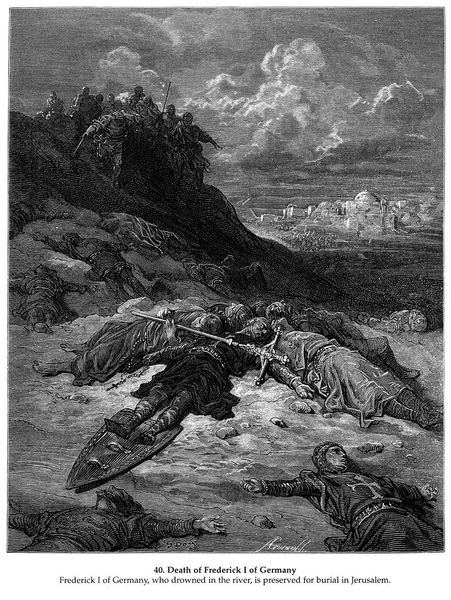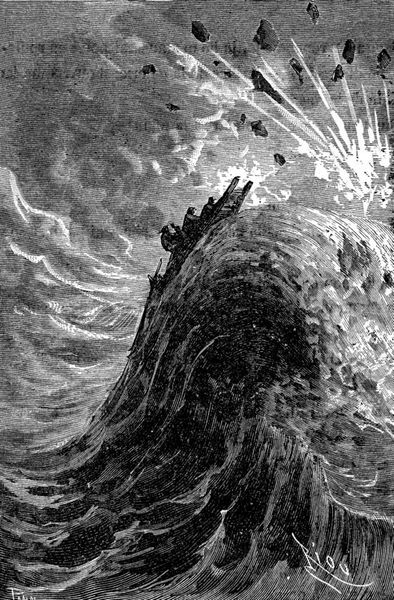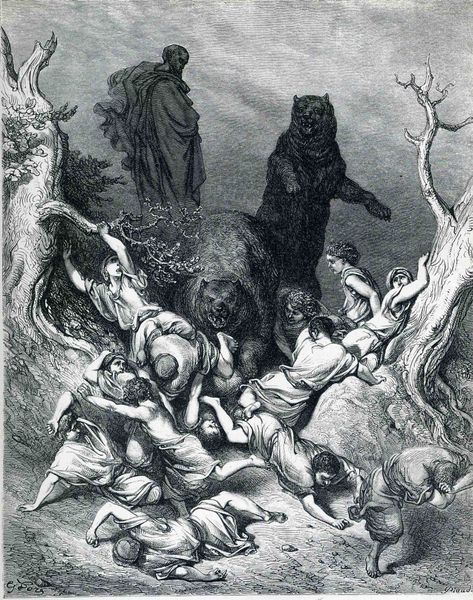
St. Louis leaving Aigues-Mortes 1877
0:00
0:00
gustavedore
Bibliothèque nationale de France (BnF), Paris, France
Copyright: Public domain
Gustave Dore created this engraving, titled "St. Louis Leaving Aigues-Mortes," in the 19th century using a painstaking process of incising lines into a metal plate, likely copper or steel. The black and white contrast comes from the ink settling into those lines. Consider the labor involved here: the skilled hand meticulously carving the image in reverse, the printer carefully inking and pressing the plate onto paper. The dense network of lines not only defines the forms, but also conveys a sense of drama and movement. You can almost feel the weight of the figures and ships, and hear the sound of the water. Engravings like this were a primary means of mass communication. They democratized art, allowing for widespread dissemination of images and ideas. This piece reflects a specific social context. It depicts the crusades, a historical moment of conflict and religious fervor, through the lens of 19th-century sensibilities. By focusing on the material and process, we can appreciate not only the artist's skill, but also the social and cultural significance embedded within the artwork.
Comments
No comments
Be the first to comment and join the conversation on the ultimate creative platform.
